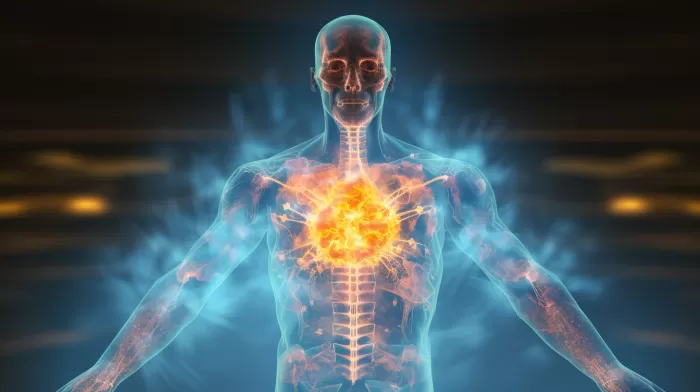When you “catch” a cold or flu, you’re not really catching it from someone else. It’s actually a wide-spread medical myth based on the germ theory of disease which states that viruses and bacteria are transferred between people. This idea has become so ingrained in our society that it is rarely questioned.
But if you take a moment to ponder on it, you’ll realize that it’s not as accurate as people believe. If germ theory were true, everyone who comes into contact with a person carrying a virus would get sick. But as we know, this doesn’t happen. For example, not everyone exposed to the flu virus during the epidemic of 1918 got sick. This clearly shows that immunity is internal, and not based on external factors.
That being said, personal hygiene and sanitation are still important, but they are not what is providing immunity. Our bodies protect themselves using their own immune system, which includes the ability to generate antibodies and counteract the effects of harmful substances. If the germ theory were accurate, our species would have become extinct countless years ago.
It’s interesting to note that not all individuals exposed to the bubonic plague or any other disease epidemic got sick or died. In fact, a small percentage of people survived. This in itself should be evidence enough to cast doubt on the germ theory.
The real key to understanding health lies in studying the works of Antoine Bechamp (1816-1908), who taught that our internal environment (or milieu) governs our health. Bechamp’s theories emphasize that if we are healthy internally, we’ll have good health externally—and no number of germs can affect us.
Our bodies naturally contain microorganisms like yeasts, bacteria, and viruses. But contrary to popular perception, these microbes are not our enemies; they are our allies. They aid in restoring our health during the repair phase of a disease.
Under the theory of pleomorphism, as supported by Bechamp, some bacteria can alter their size and shape based on environmental conditions. Unfortunately, conventional medicine rejected this theory in favor of Louis Pasteur’s germ theory, which gave rise to the pharmaceutical industry and the current state of medical practice.
Instead of depending on chemicals, the key to true health is maintaining a balanced, slightly alkaline pH level. Acidity (or acidosis) paves the way for diseases and creates an environment that fosters their growth. Alkalinity, on the other hand, leads to optimal health.
To maintain alkalinity, consume a diet comprising mainly whole foods. Processed foods are acidic and should be avoided as far as possible. Along with a balanced diet, make sure to get enough vitamin D, which is crucial for a strong immune system. To ensure optimal vitamin D levels, take a natural supplement of 4,000 to 5,000 IU daily.
By keeping your body’s pH levels slightly alkaline and ensuring proper vitamin D intake, there’s no need for flu shots to prevent colds or flu. Moreover, flu vaccines have been linked to causing significant health issues and reducing immunity while offering only a 1 in 100 chance of preventing the flu.
In summary, focusing on internal health by maintaining a balanced pH level and proper vitamin D levels is key to staying healthy. But most importantly, it’s time to let go of the false idea that we “catch” diseases from others, and instead acknowledge that our immune system is the primary factor in determining whether or not we get sick.



